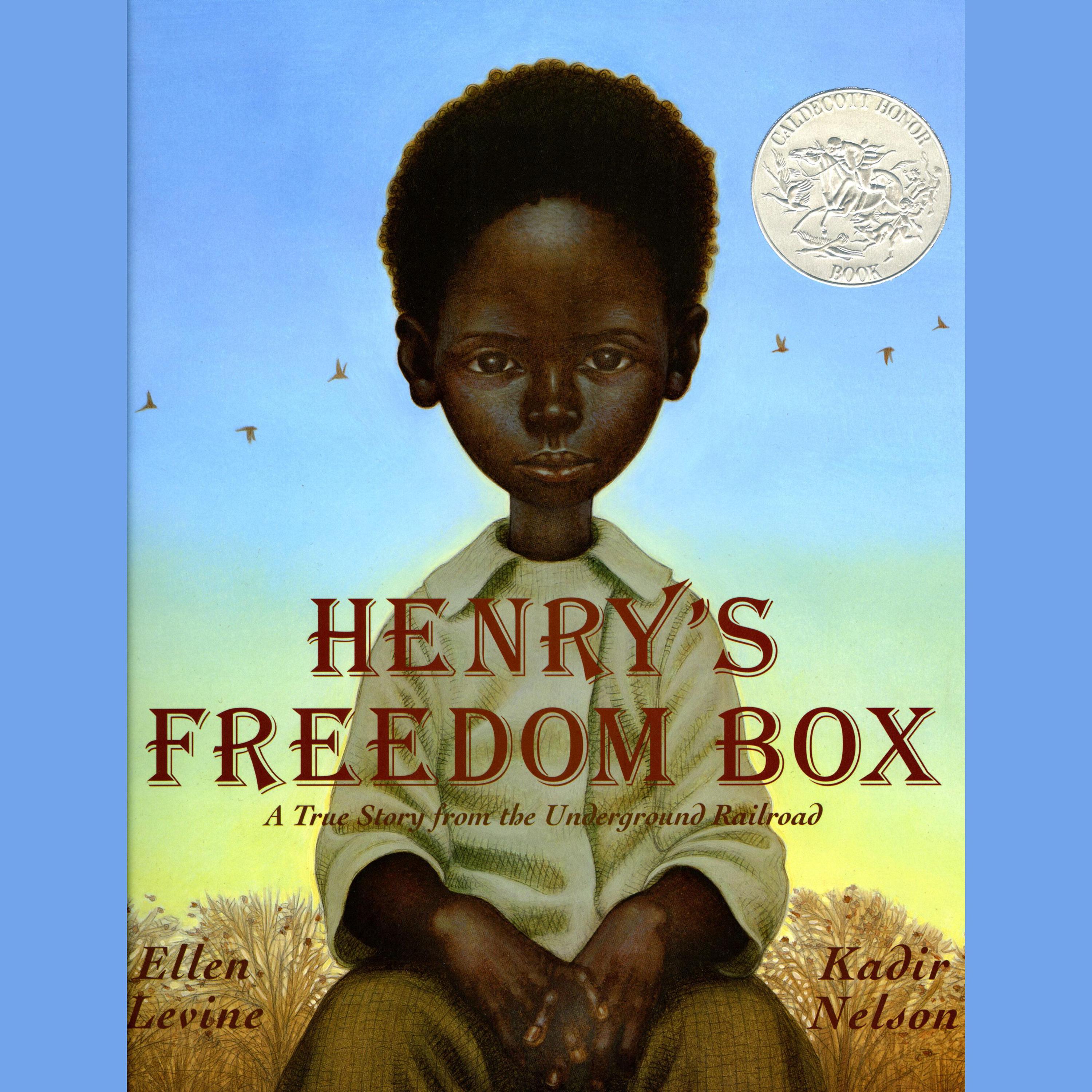

Some books go so far as to erase enslaved characters entirely, focusing instead on celebrating white abolitionists or other accomplices.ĭuring a 2018 talk at the Lapidus Center, Thomas discussed the wordless, illustrated children’s book Unspoken, A Story From the Underground Railroad. A Fine Dessert isn’t alone in its representation of #SlaveryWithASmile. Often, the departure from history is dramatic.

One common choice, Thomas says, is to temper the lived experiences of enslaved characters. And they do so in largely predictable ways. Surveying more than 170 texts, Thomas and her researchers found that these books often misrepresent or even rewrite history-even if the author is well intentioned. But what do we do when authors misrepresent that history? What do we do when the stories get it wrong?Īuthors of children’s books about slavery face a fundamental challenge: How do they depict characters who are enslaved-a condition defined by violence, deprivation, family separation and lifelong servitude-within a literary genre known for happy endings?Įbony Elizabeth Thomas, an associate professor in University of Pennsylvania’s Graduate School of Education, has compiled a database of children’s books about slavery. And because of this, they can be an ideal way for students to connect with and learn about history. Beat beat.”Ĭhildren’s books have the power to inspire and uplift. One illustration incorporates words into a drawing of the little girl whisking cream: “Beat beat. The book includes an illustration of enslaved people smiling as they pick blackberries and hiding in a closet to “lick the bowl clean” after serving dessert to their enslavers. In 2015, people looking for historical children’s literature might have found the New York Times review of the newly released title A Fine Dessert: Four Centuries, Four Families, One Delicious Treat-a review that praised the book’s “abundant charms.” A few months later, by the time the book appeared on the Times’ list of the “Best Illustrated Children’s Books of 2015,” more measured appraisals of the book had already begun to make news.Ĭentral to criticism of the text was its portrayal of an enslaved woman and little girl on a South Carolina plantation.


 0 kommentar(er)
0 kommentar(er)
